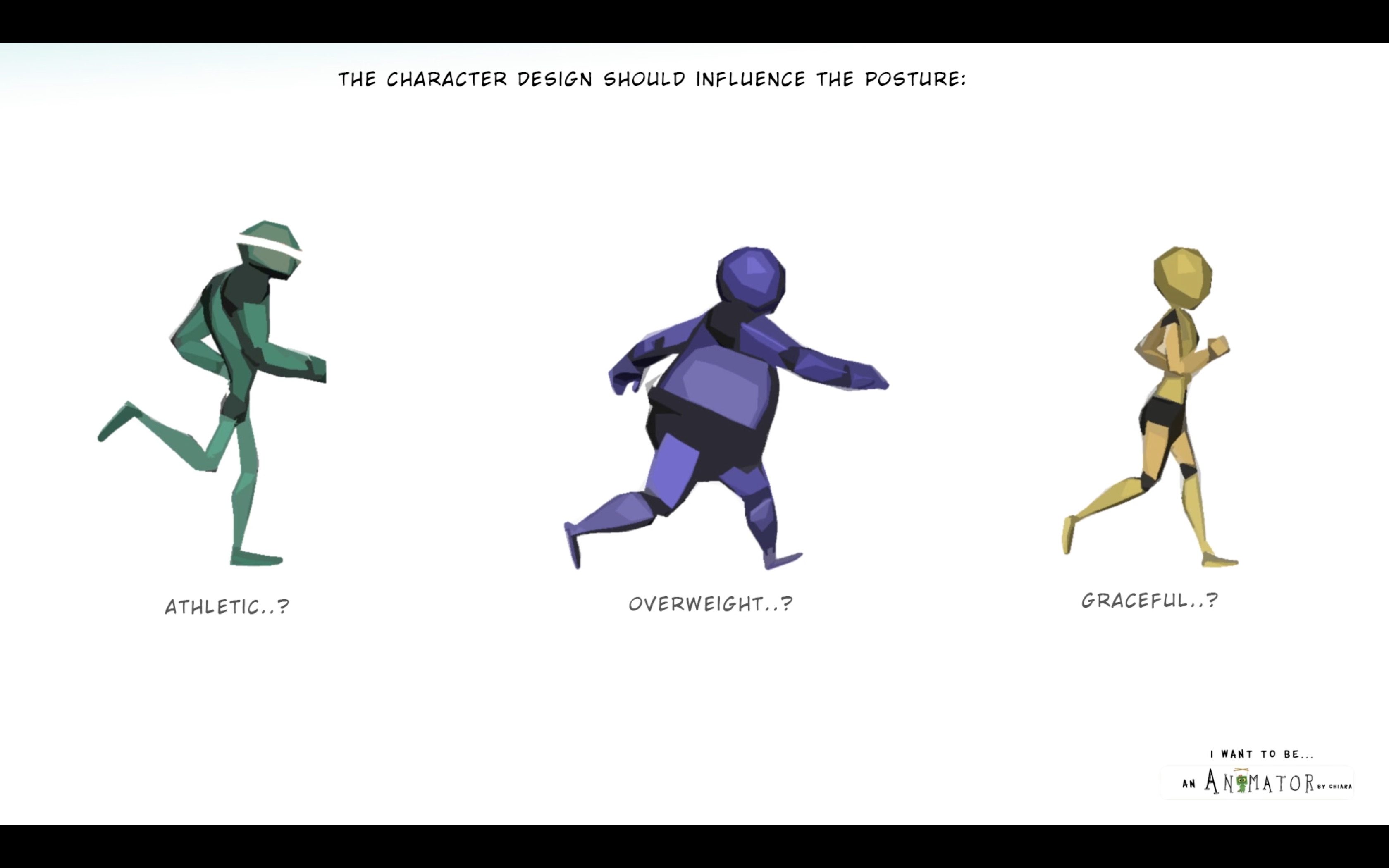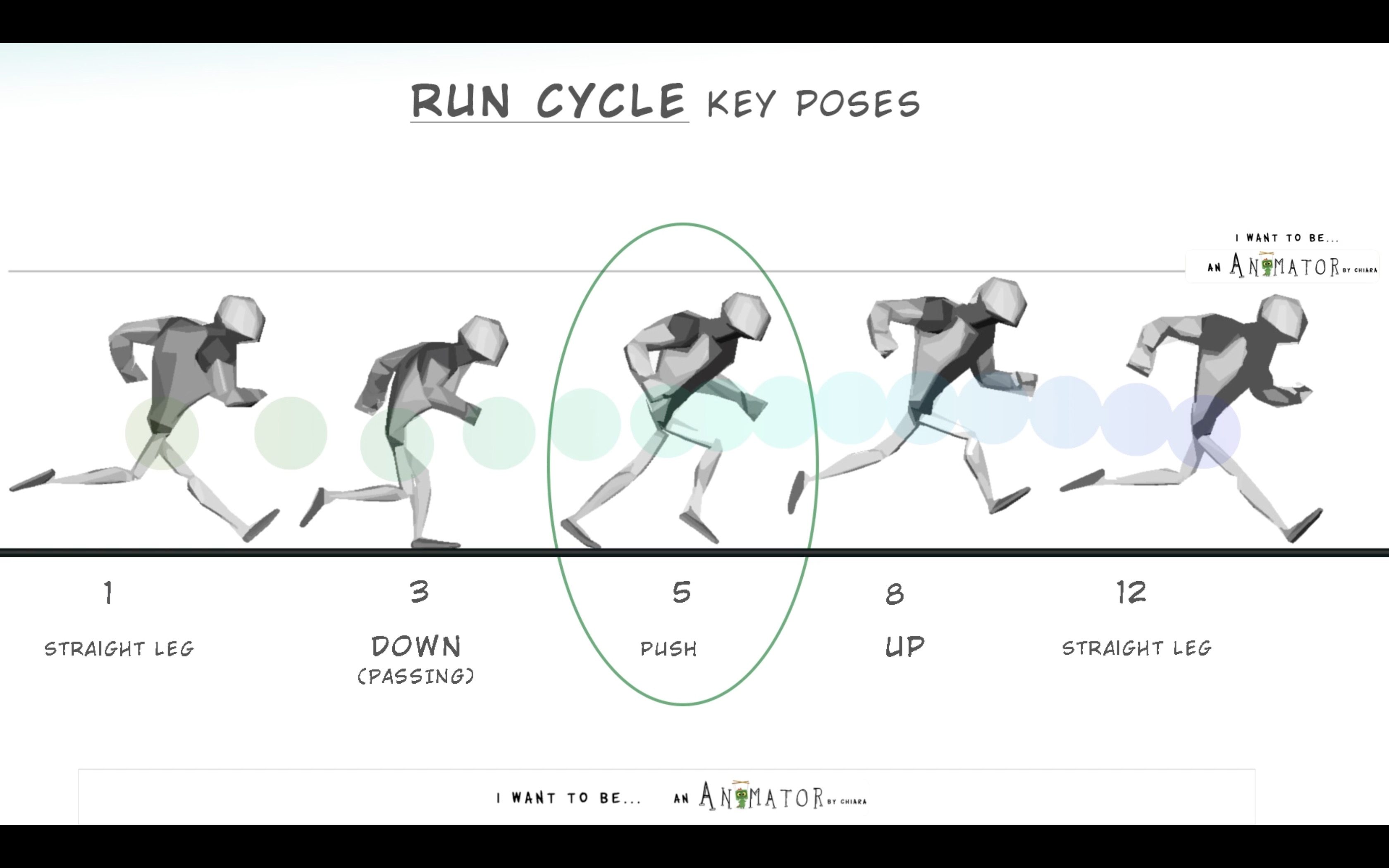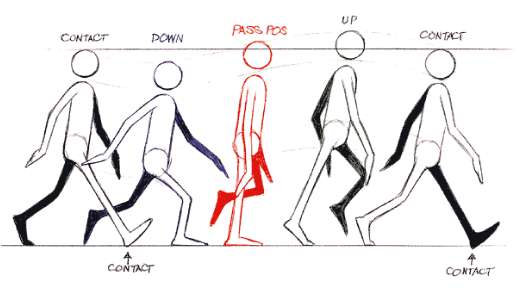Assignment - Character Walk Cycle
Design and create an original 2D character to be rigged for a walking cycle that includes a moving background and secondary moving elements or actions.
Animate a walking action for the character that can be looped for continuous playback. It's not a story or narrative. Add style to the walk-cycle through exaggeration or attitude but keep movement that is naturalistic. Characters should have a minimum of 10 sections to be animated and a minimum of 2 legs that create a full walking motion. Secondary actions can be included but the focus is not narrative.
Characters:
Design a character. Use any combination of materials, but be original. Material options:
• paintings or drawings on paper
• hand-drawn pencil with photoshop paint
• found materials or objects assembled to resemble a character
• mixed media (ie. photo collaged elements, paper, handrawn, etc.)
• photoshop paintings or drawings
• vector illustrations
Tools and Techniques:
This assignment will aide in learning the following animation tools and techniques in After Effects:
• Solid Layers
• Null Layers
• Parenting
• Anchor Point tool
• Rotation tool
• Pre-composing
• Puppet Pin tools
• Motion Sketching
• Expressions - looping
• Animation Principles
Review of the following tools and techniques in Photoshop and Illustrator:
• File size presets - video specific
• Select tools - marquees, lassos, wands, color range
• Photoshop selections - select subject, select and mask, quick mask
• Layer control
• Anatomy for a rigged puppet
Instructions:
Start by planning out a character design. Brainstorm ideas for the character and look at source images for a unique idea to start with. Sketch, draw and diagram.
1. Collect 5 examples from online that represent sources of inspiration for your original character. Save the refernces to a folder..
2. Sketch out a rough idea for your character to give you a guide for your character design. Document the sketch with a smartphone camera to submit.
3. Gather materials and create the character. Scan physical materials into the computer.
4. Create the Composition in Photoshop or Illusrator as a high quality file.
5. Separate elements to be animated independently onto their own layers
6. Label all layers
7. Save the original source file (a PSD or AI file)
8. Copy the original character to a standard video size PSD or AI file. (1920 x 1080)
9. In After Effects, import the sources into the projects panel (choose import > composition > retain layer sizes)
10. Adjust Anchor Points, parent layers and prepare your puppet for animation
11. Animate your character! Save often
12. Refine the animation and give the character life-like, natural movement.
13. Produce, for the character, an animated background.
14. Render the final composition.
Format:
The final short will be in the following format:
- format: H264 (.mp4)
- size: HDV/HDTV 1080 (1920 x 1080 pixels - square pixels)
- frame rate: 30
- video encoded as: H.264
length: loop the cycle for a minimum of 15 secs. (use the length of a single cycle to determine exact time)
Focus:
** all original source files - everything should be made from scratch **
1. character should have at least 10 levels of movement (joints)
2. use Parenting to animate Transform Properties (puppet pins for flexible objects)
3. no effects, presents, text or sound
4. no use of 3D layers
5. create and animate an original background (no video)
6. use a single, simple looping walk action within one shot (enabled using After Effects Expressions)
What to Turn in:
1. Final render:
firstname_lastname_walk.mp4
2. Layered Photoshop or Illustrator file used in your animation
firstname_character
3. After Effects Project file
firstname_animation
* Put all of you files in one folder and label the folder: FirstName_LastName_Walk and Compress the folder to create a ZIP file
Submit your ZIP file to D2L
Criteria For Grading and Evaluation:
planning: |
|
| 5 pts. | |
design |
|
creativity |
|
technique |
|
focus |
|
| Total | 50 pts |
critique |
ready to present at the beginning of class (file rendered and submitted) -5 pts for unrendered files |
| presentation with informative comments | |
| provide construcive feedback during class | |
10 pts |
Total |
Demo Files:
You can practice animating in class with this demo file
great example of feet detail in a walking motion
great example of different character designs and how body type effects walking posture

